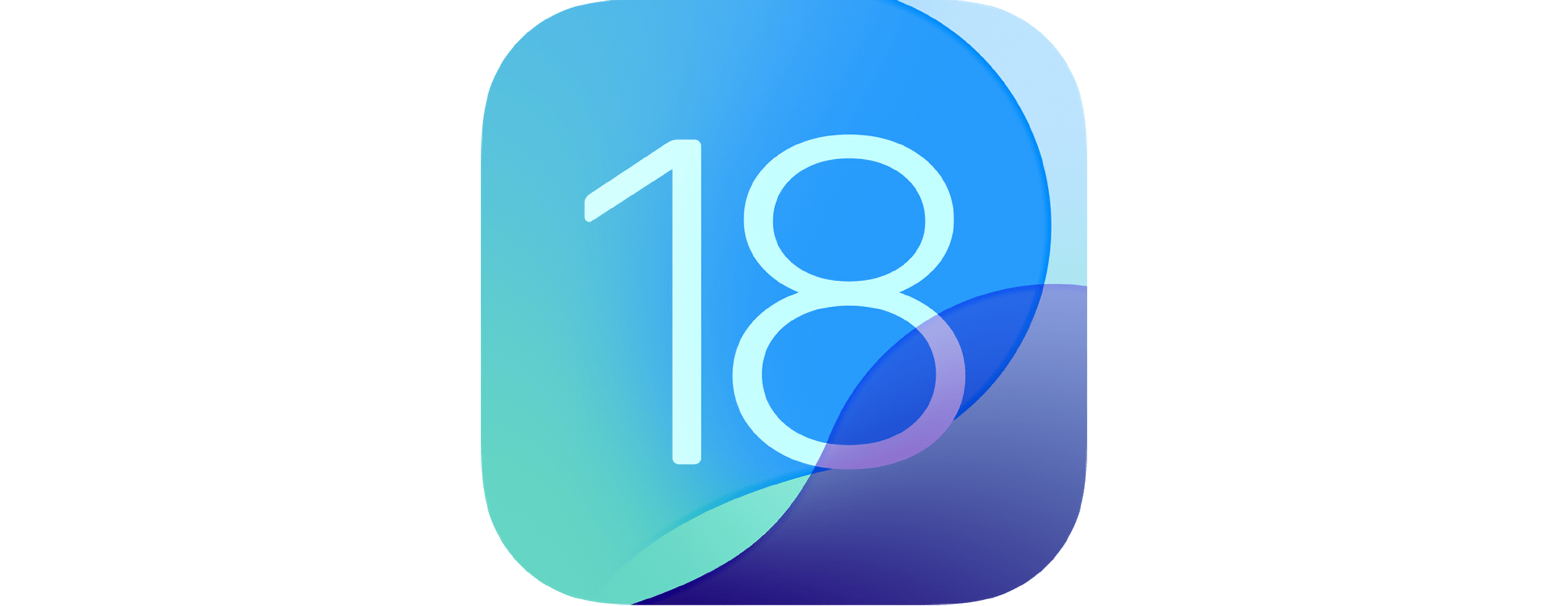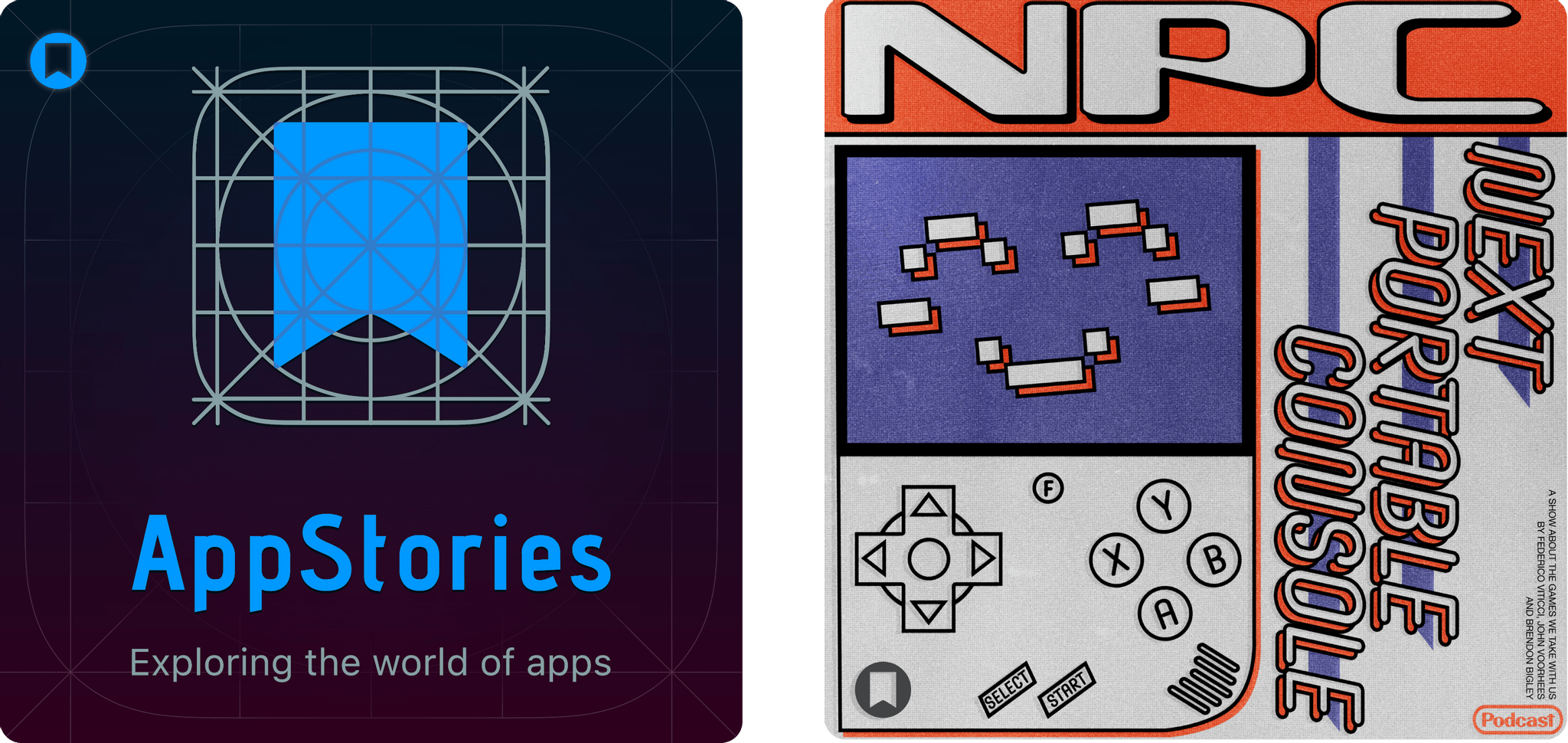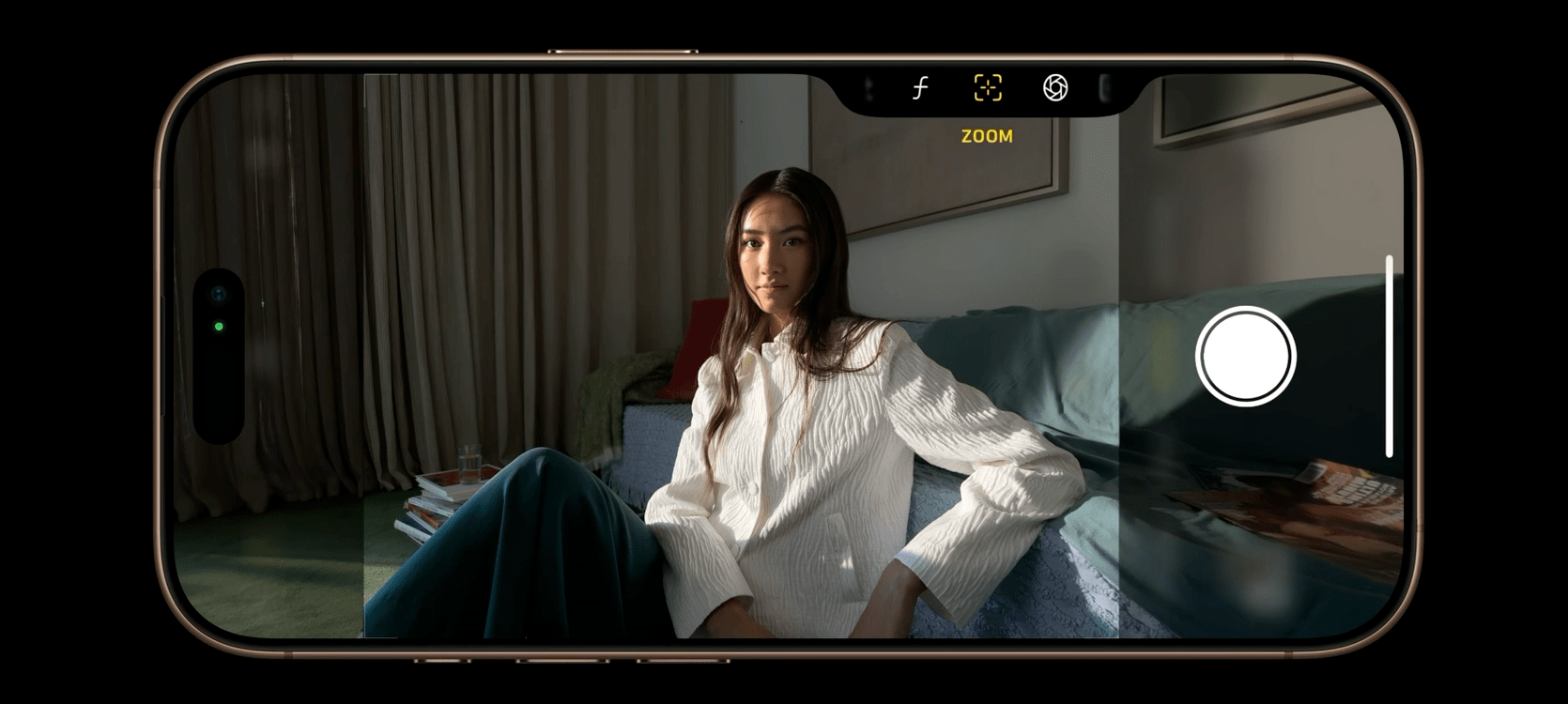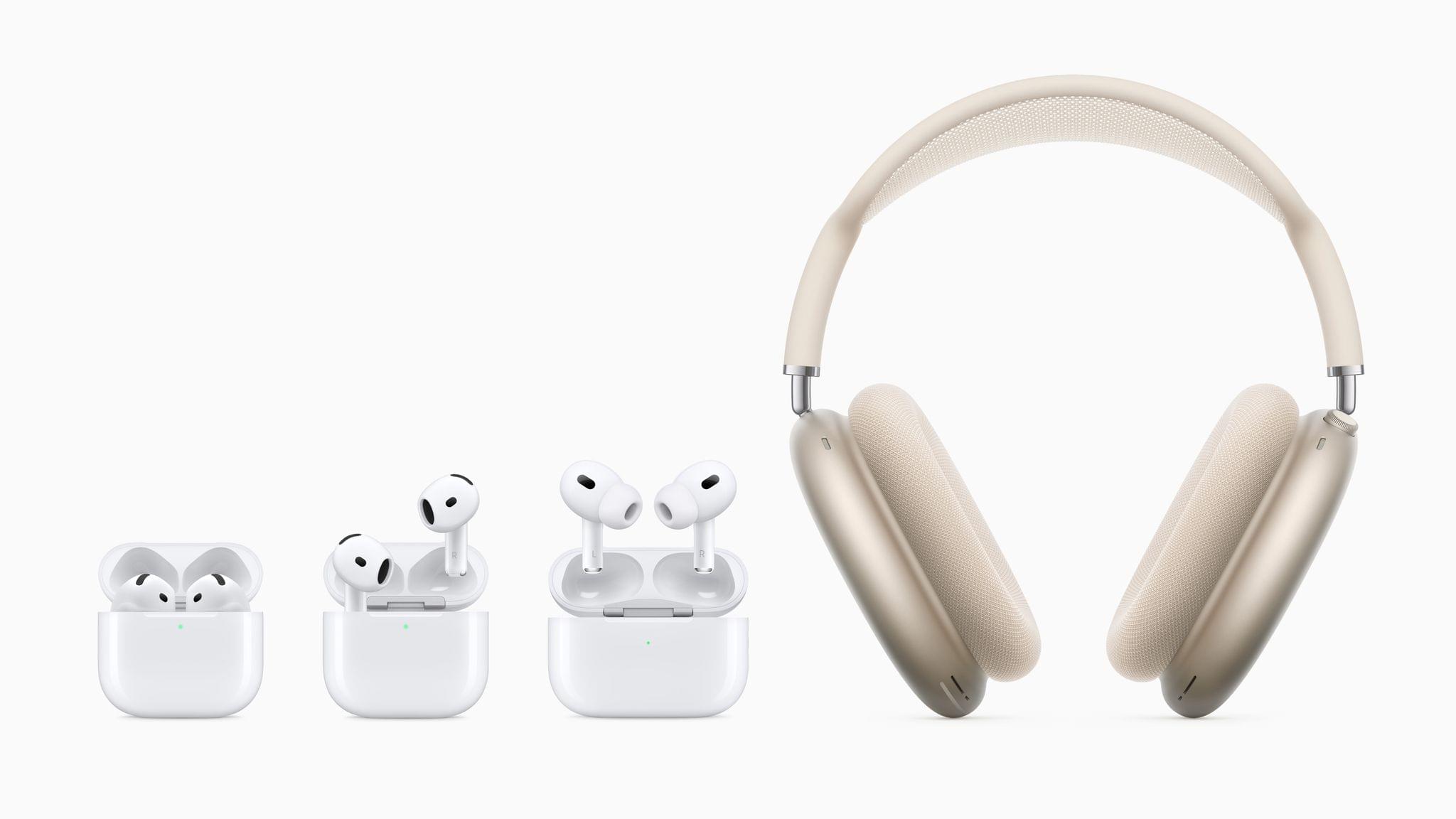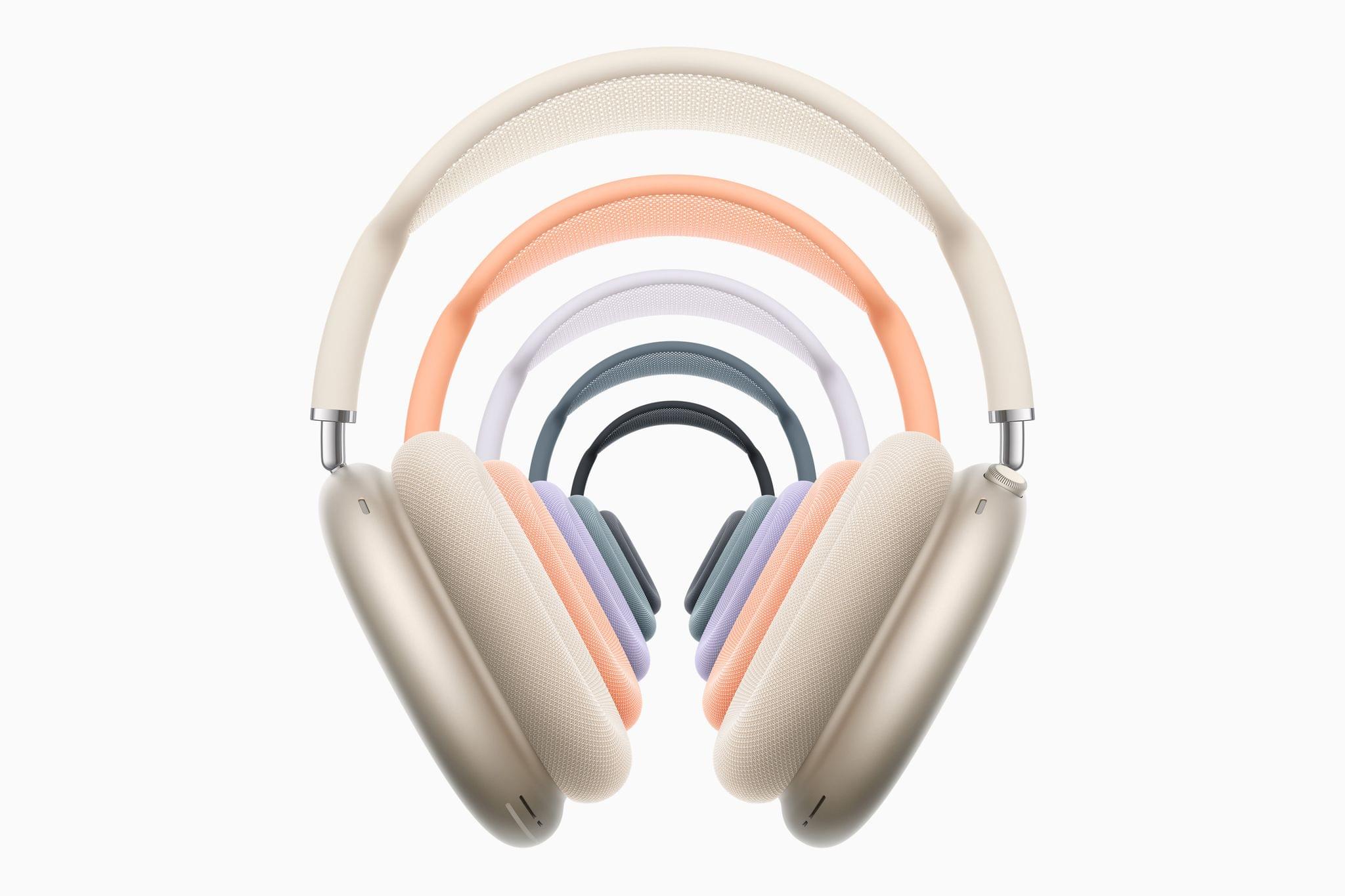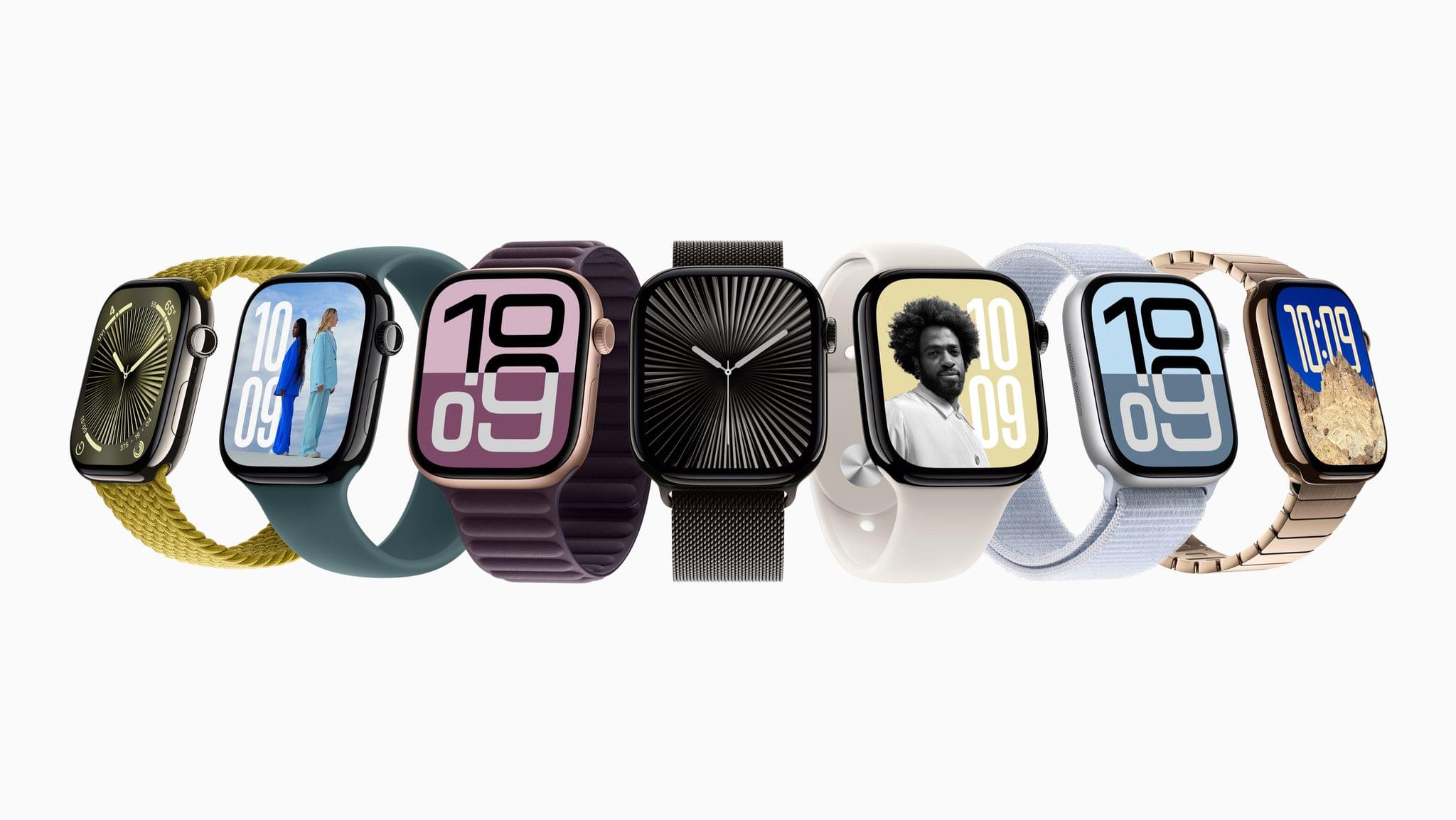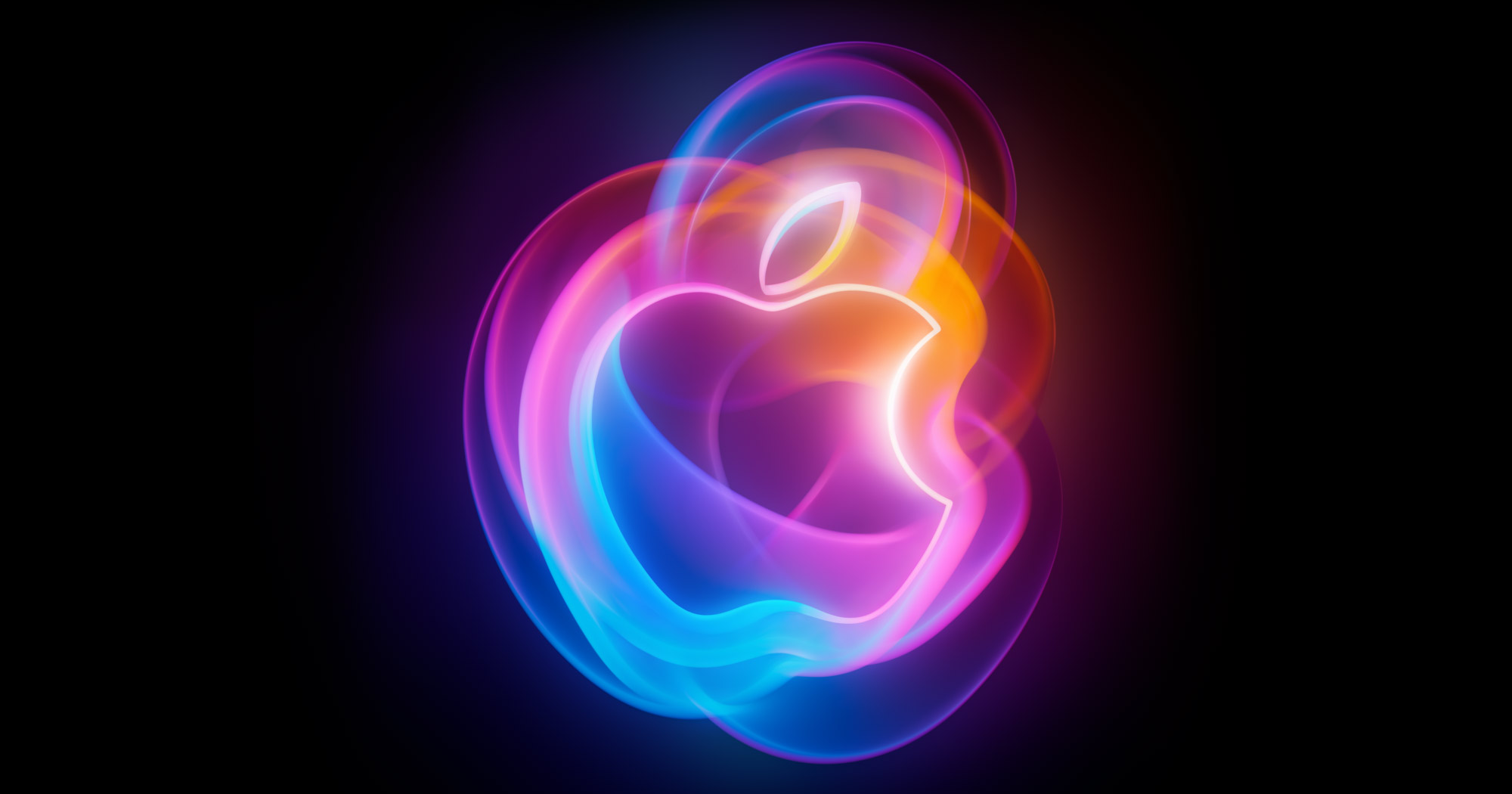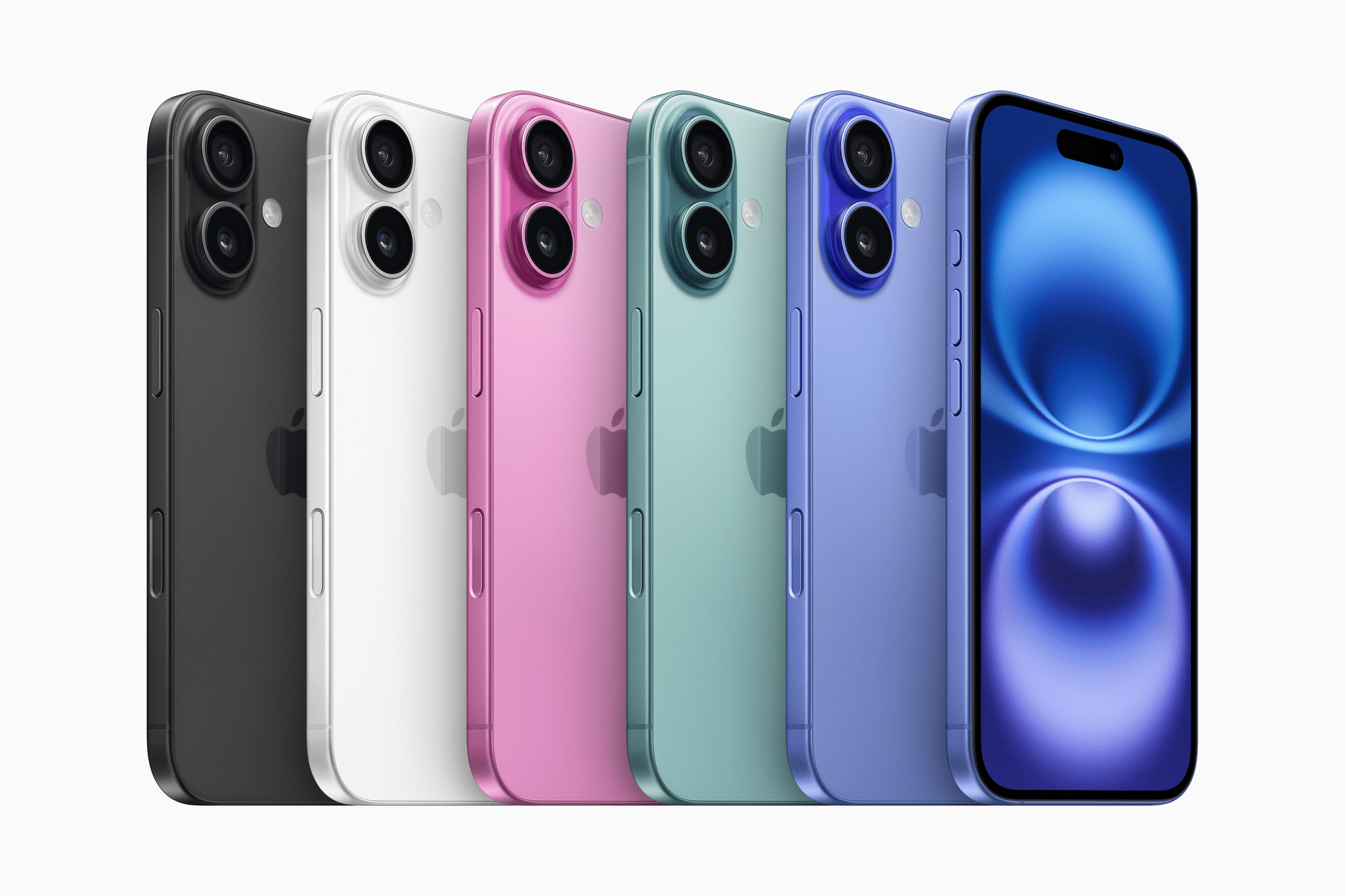Next week is going to be fun. Not only is every OS being updated on Monday, but Apple is opening up the iPad to alternative app marketplaces and browser engines in the EU according to a post by the company on its developer news site.
You may recall that in April, the European Commission has added iPadOS to the products and services subject to the Digital Markets Act (DMA). Before then, the DMA only applied to the iPhone, meaning that, if you live in the EU, changes to iOS, like browser default choices and alternative app marketplaces, are currently only available on your iPhone. That changes on Monday, according to Apple:
Starting September 16:
- Users in the EU can download iPadOS apps on the App Store and through alternative distribution. As mentioned in May, if you have entered into the Alternative Terms Addendum for Apps in the EU, iPadOS first annual installs will begin to accrue and the lower App Store commission rate will apply.
- Alternative browser engines can be used in iPadOS apps.
- Historical App Install Reports in App Store Connect that can be used with our fee calculator will include iPadOS.
It’s good to see this change happening alongside the update to iPadOS. The App Store and browser experiences on iOS and iPadOS are effectively the same, and having that be different based on which platform users were on didn’t make much sense. It may have taken a nudge by the EC to make it happen, but it’s the right call for Apple’s EU customers.


